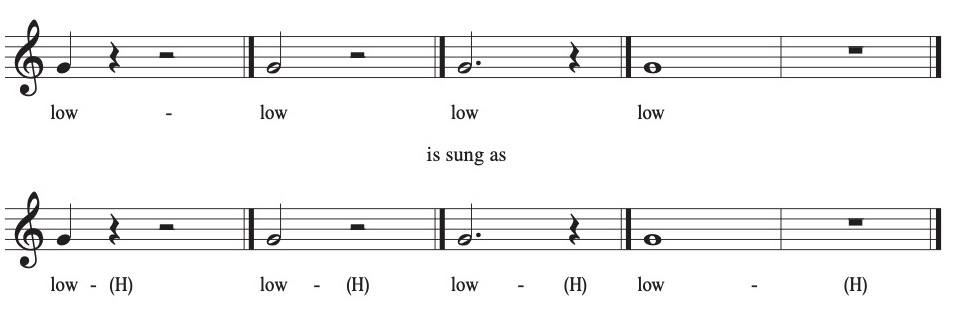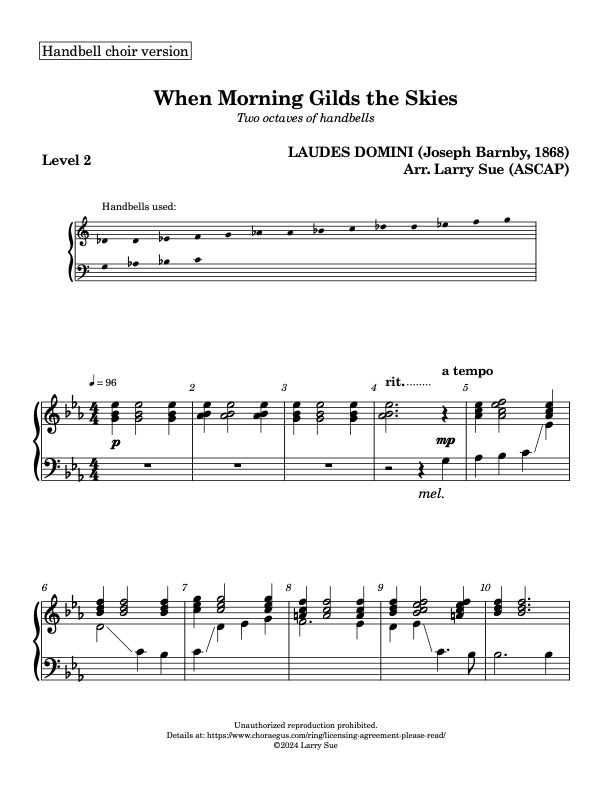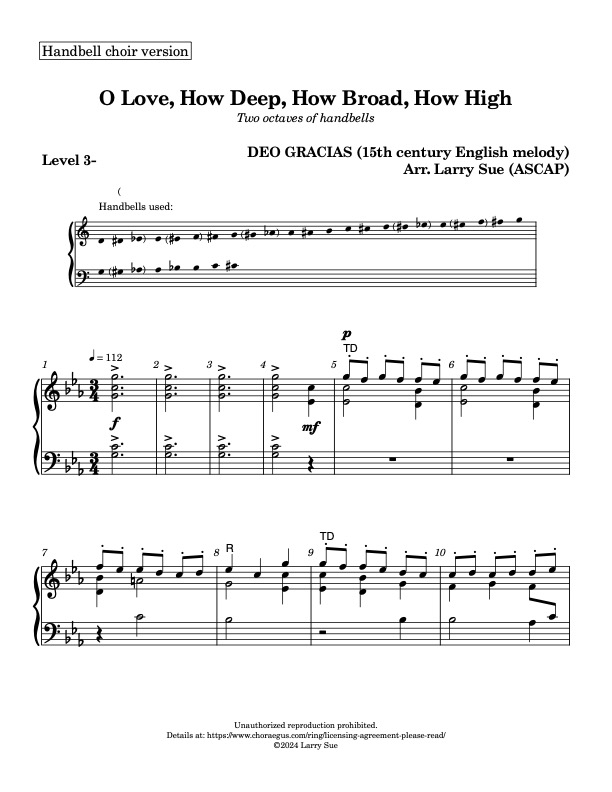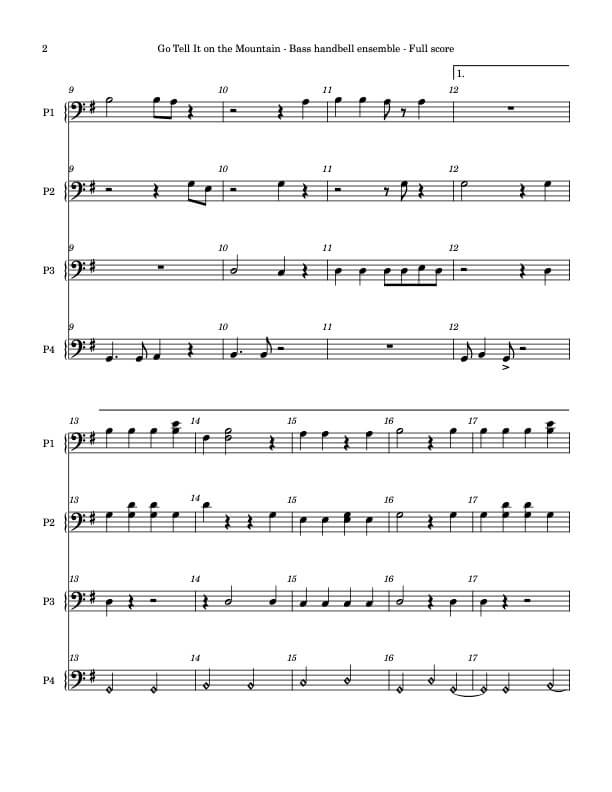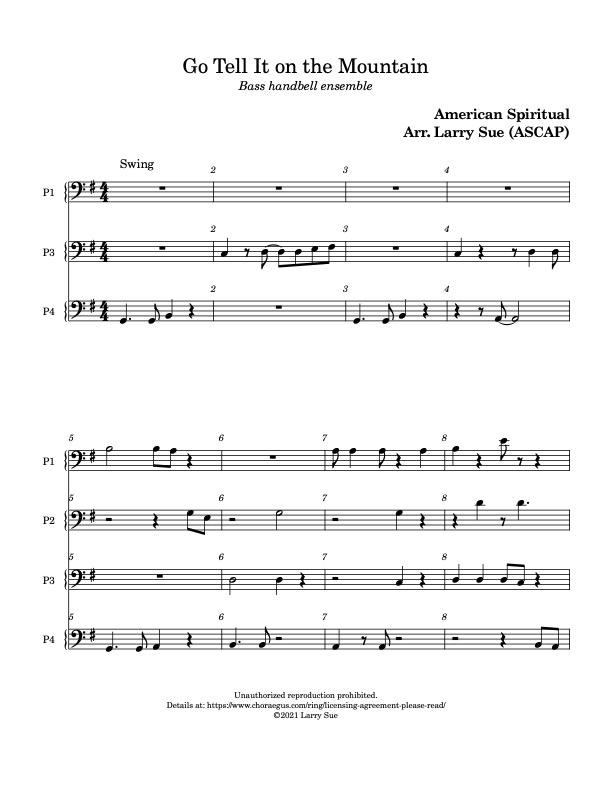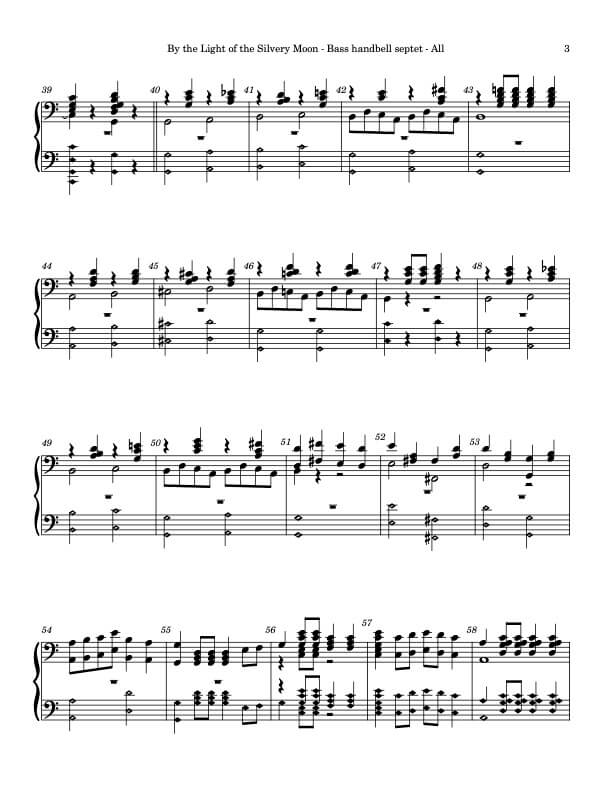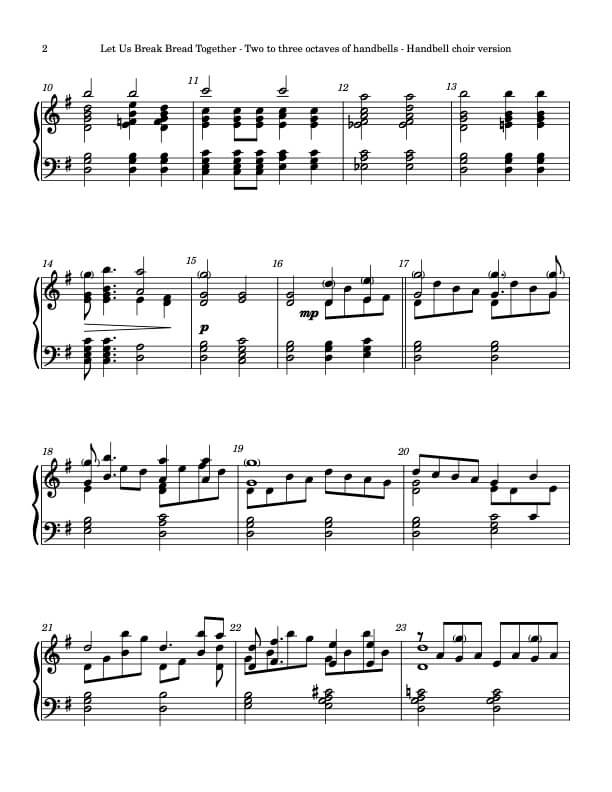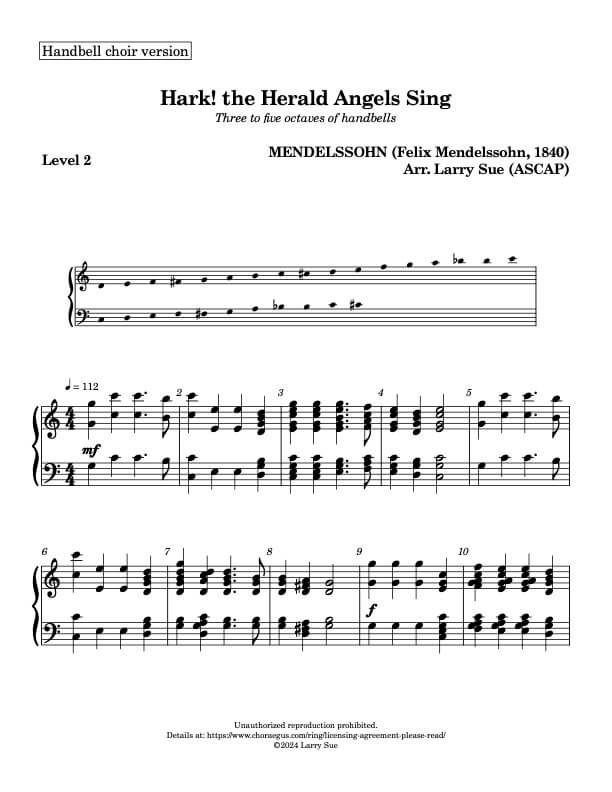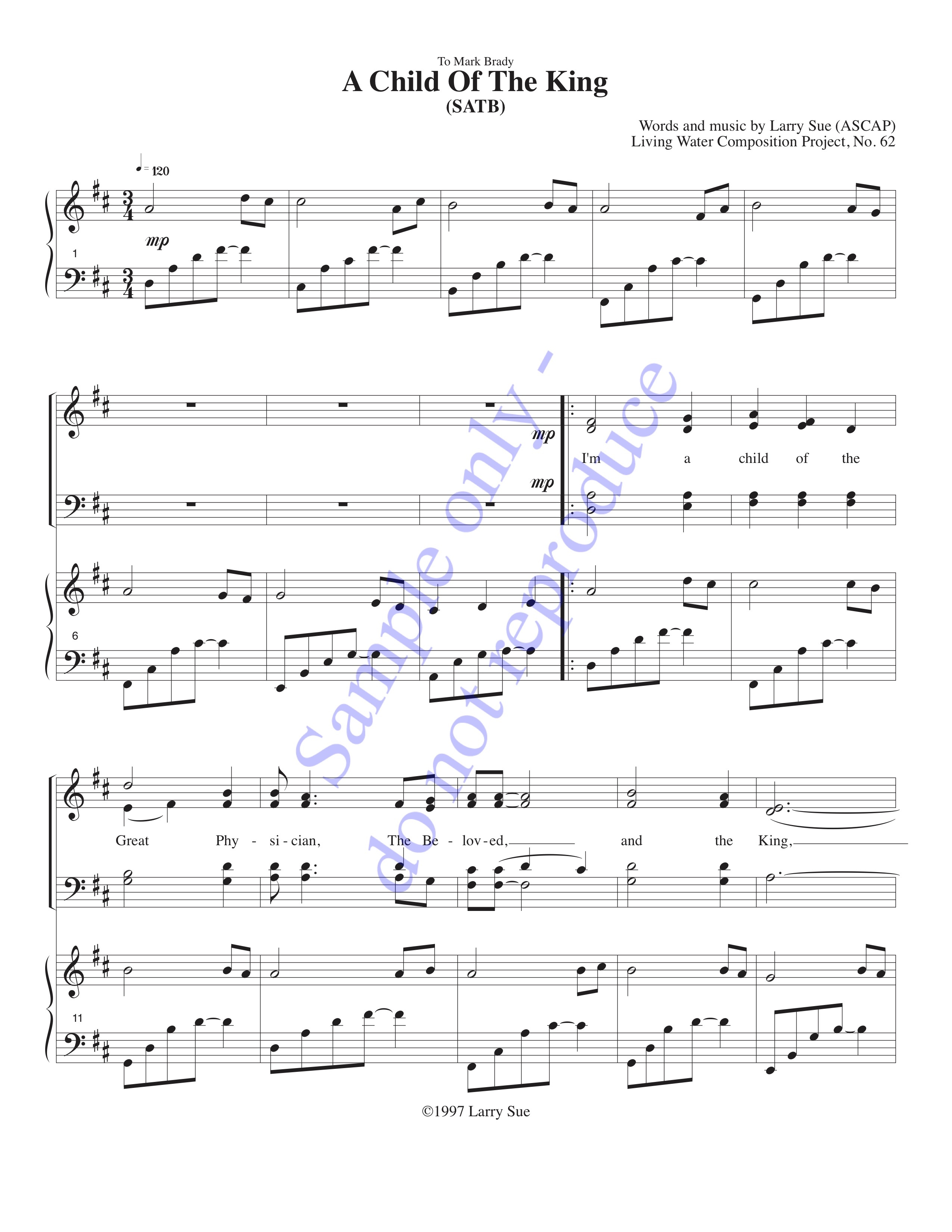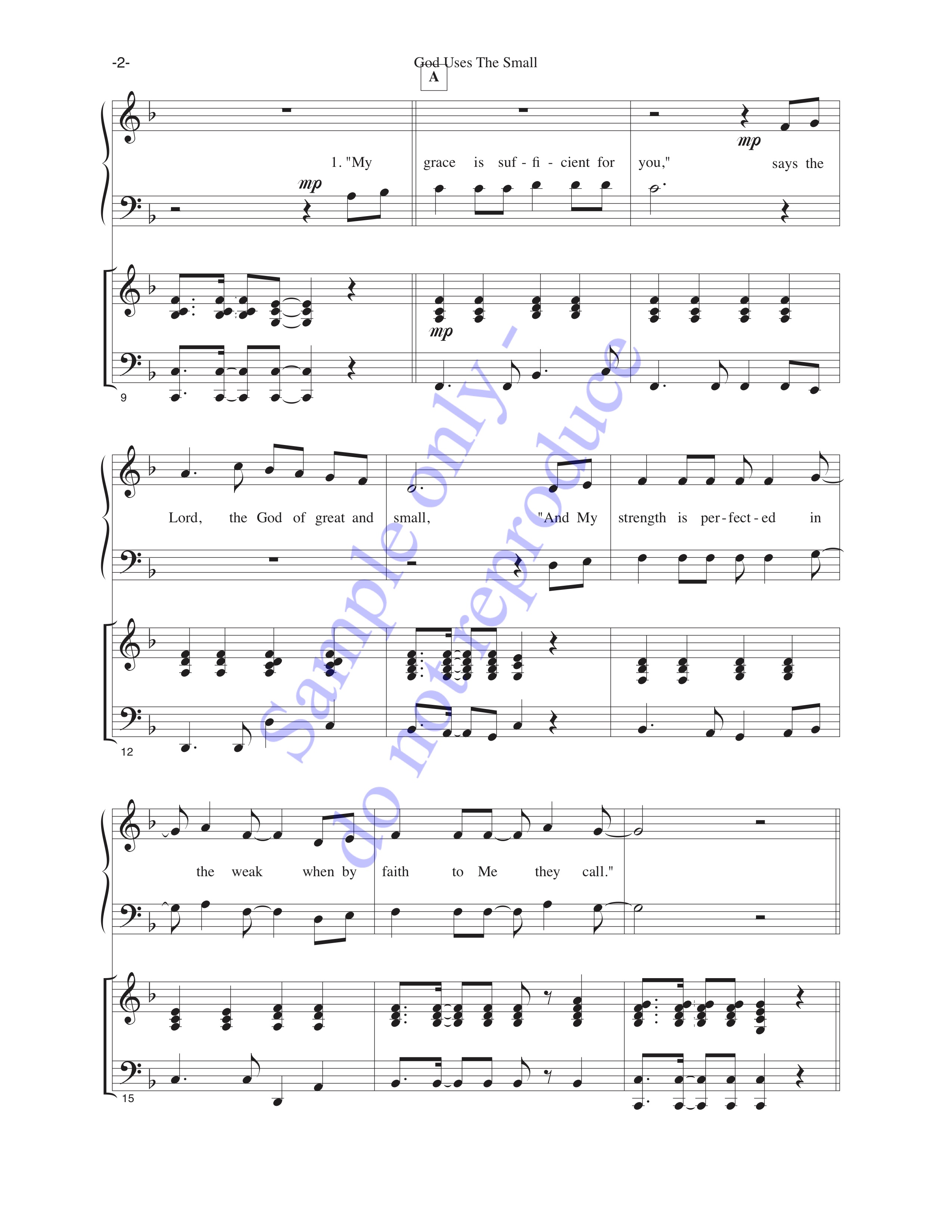A “cutoff” is the action of finishing a phrase. Any musical ensemble, whether vocal or instrumental, must execute its cutoffs cleanly. If we let each performer stop a phrase when they think it’s time, it leads to a sort of fadeout when that final phoneme is a vowel; the volume diminishes as we’re left with fewer and fewer singers. The real problem with not agreeing when to end the last word is most easily noticed with terminal consonants: A clean “yes” can turn into a distinctly unsatisfying “yess-s——s—ss-s”.
While this can easily happen in a live choir, it can be an even bigger problem when we record parts separately with the intent of putting them together. Because we generally work from a base track – often the accompaniment, possibly with overlaid “leader/helper” vocals, we can’t hear each other sing; we only know about what’s happening with what we record on our own. And that means we need to have a well-understood convention to guarantee that we execute our cutoffs as precisely as if we were together in one room.
The score, really, is our only fully documented reference, so we have to go with it. So our fundamental principle must be “the note ends when the rest begins”. I find this to be a lot easier than, say, “that last note is two beats long”, because our brains tend to give each of us a slightly different impression of the duration of those two beats. It makes more sense to keep the mental metronome going to the rest, because we then have an objective way to know when to cut off.
Here are some examples of cutoffs that you can try. It’s easy; all you have to do is sing the terminal consonant (the “t” of “quit”) right on the rest. So:
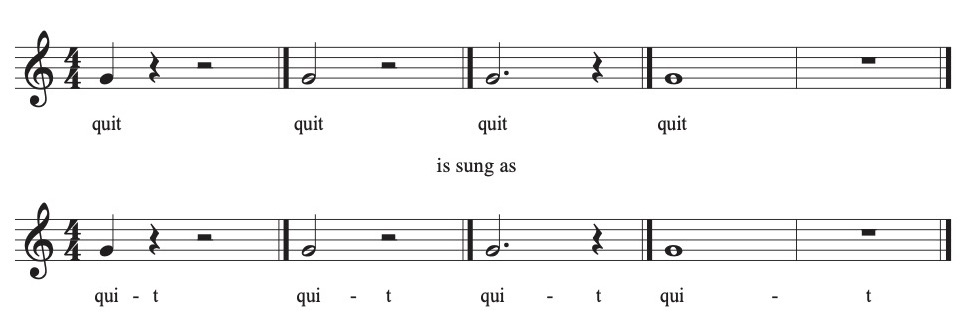
When a phrase ends in a vowel, a precise cutoff needs a bit of help. Part of the challenge is that releasing a vowel sound tends to drop in pitch as the breath support behind it lessens. The easiest way to execute the cutoff is to put add tiny (H) as a final (artificial) consonant. Doing this makes it possible to sing a terminal vowel that ends precisely and doesn’t go flat:
